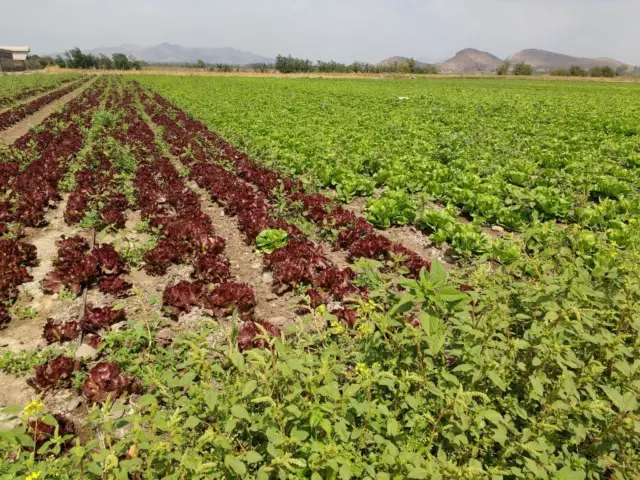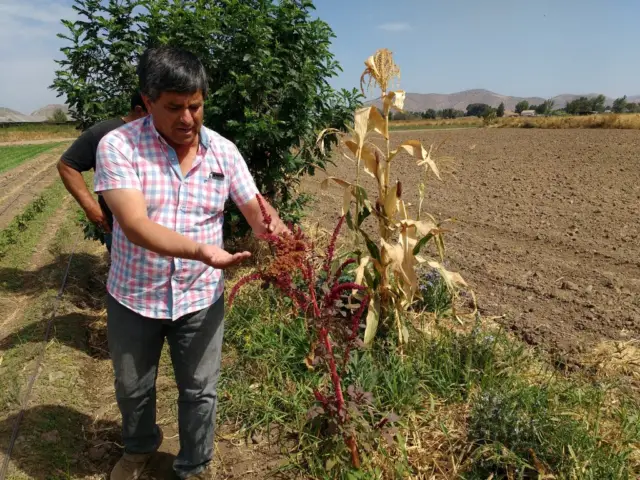Costa Rica has more than ten thousand certified hectares dedicated to organic agricultural production and exported close to 22 million kilos of organic products to Europe in 2021, with sugar, coffee, pineapple and ginger being the main ones.
Against this background, the administration of President Rodrigo Chaves established a “Road Map for Organic Agriculture” with the intention of growing this sector over the next four years.
For this reason, the national authorities hope that the amount of ¢484 million that have been granted through the Recognition for Organic Environmental Benefits (RBAO) will increase, but for this they must comply with a defined strategy until 2026.
One of the most innovative elements of the plan is the development of a national seal for certified organic products, which is part of the fourth axis of work of this strategy, which is promotion and marketing.
Having more informed consumers
And it is that according to the Ministry of Agriculture and Livestock (MAG), this certification seal is essential to have more informed consumers when choosing the products they want to consume.
“We know that we have many opportunities for improvement, part of it is to teach the consumer a lot and to be able to distinguish what is an organic product, what is chemical-free, what is natural, because right now I think it confuses them, in some supermarkets they sell organic products, but they do not have certification, they are natural, sustainable, chemical-free products, but in reality people or the general public do not know how to recognize what that is and how it is eaten, they assume that it is organic, they pay a price for it , but we are not well informed,” said Rocío Valerio, deputy minister of Agriculture and Livestock.
Reinforce attention to indigenous organic producers
The number one axis of this roadmap: “Strengthening agricultural extension work towards organic producers”, which will take place between 2022 and 2024, will seek to reinforce attention to indigenous organic producers, through the establishment of demonstration farms within their territories and improve the incentives they receive for their products.

Within the strengthening of participatory certification for organic production for the national market, which is axis number two, the updating of the regulations and the consolidation of the currently existing groups is proposed.
The other axes proposed by the strategy are the promotion of organic livestock production, the promotion and marketing of organic products, and finally, the strengthening of research in organic production. Within this last axis, chemical analyzes are proposed to evaluate the inputs used in organic production, as well as validation tests by crop.

One of the most important investments will be to have $150,000 for the acquisition of a DUMAS analyzer, which will allow the carbon sampling process to continue and also continue with the monitoring, reporting and verification to certify the producers that are part of the NAMA strategies (Nationally Appropriate Mitigation Actions).
On the other hand, the government proposes a series of updates to national legislation, including the regulation on organic agriculture, in order to achieve the objectives set out in this 2022-2026 roadmap.

